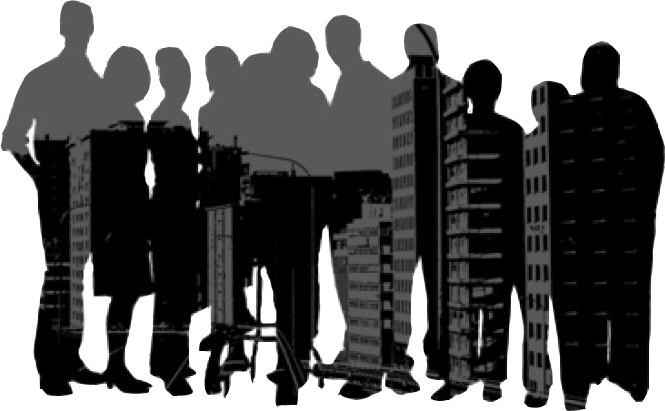Strong Cities, Strong Communities (SC2) was a program of the White House and Department of Housing and Urban Development from 2012 to 2014, with major support from The Rockefeller Foundation. First announced in 2011, the program had several key components, including a Community Solutions Team approach that combined federal and local expertise; an economic challenge grant program; a national resource network, and–the focus of this website–an urban fellowship program. The SC2 National Resource Network lives on as the repository for existing and growing information on enhancing the strength, fairness, and health of cities.
The SC2 fellowship program matched mid-career professionals with distressed cities to provide an injection of expertise in defined, project-based activity. The focus was local economic revitalization and capacity-building. Coordination with and recognition as a part of the larger SC2 initiatives furnished fellows with credibility, in addition to informing local solutions within a broader context of federal place-based initiates and policies.
Fellowships in all seven cities helped increase capacity within host organizations – predominantly local government offices – and allowed for a “refocusing of the lens” on revitalization and infusing new ideas, techniques and approaches to economic revitalization.
Following a 2011 Operational Assessment Team review, HUD spearheaded the selection of pilot cities for the urban fellowship program and received local buy-in through the cost sharing of fellows in: Chester PA, Cleveland OH, Detroit MI, Fresno CA, Memphis TN, New Orleans LA, and Youngstown OH. From an applicant pool of over 200, seventeen fellows were selected and carefully matched with host organizations. All but one city was teamed with two fellows.
Throughout the program, fellows received training, mentoring, and support from host organization, project management teams, and peers. Fellows were responsible for independently completing at least one project identified by the city to enhance capacity in an area crucial to city’s growth. Program fellows spent from 20 to 27 months working on long-term place-based projects, acting as catalysts to revitalize programs and systems in their host cities.
Although the majority of fellows worked in and with city departments, they were somewhat autonomous, and their alignment with a federal program lent their presence credibility–while also leading to challenges in terms of internal office dynamics with longtime career professionals. Communities were able to leverage expertise of the fellows, who could forge and strengthen local partnerships, work with limited interference from established organizational cultures. Fellows provided a fresh look at and new solutions for specific issues troubling host cities. Moreover, as a part of the larger SC2 program, fellowship projects encouraged communities to work out local policy interventions that reflected federal place-based initiatives.
The careful focus on fellowship placement and identifying the SC2 fellows as local “surge capacity builders” accommodated a leveraging of intellectual assets that has provided both short and long-term capacity in distressed host cities. Capacity is defined simply as the ability to meet goals. The fellows provided both tangible (labor) and intangible (expertise) capacity. In the pilot cities and host organizations, where fellows and stakeholders had all “done their homework” in understanding existent public and nonprofit programs, investments and initiatives, revitalization priorities, and institutional or organizational gaps, fellows were best able to develop new or enhance existing capacity. When a host organization prioritized a dysfunctional process, ineffective policy or outmoded systems and were collaborative, fellows and their work were more effectively able to provide a catalyst for change. The fellowship program allowed different types of capacity development over short term, as fellows provided quick and strategic expertise that stimulated seed change.
In addition to coordination with the other SC2 initiatives and host organizations, and program presence in seven cities, the flexibility and diversity of fellowship program provided a way for fellowships to customize efforts and best address pressing local revitalization needs. The range of projects taken on by fellows, from performance and systems management to vacant properties, comprehensive planning to public-private partnership initiatives, speaks to the importance of the a fellows’ skills as well as the fellowship programs ability to meet local needs. The project-driven model provided flexibility and efficiency in addresses place-based concerns. By the end of the fellowships, 85% of the project work was completed, and nearly all of the host organizations adopted practices or strategies set forth by fellows and their project work. The fellowship program contributed both a surge of capacity and guidance for communities focused on change, and in this light acted as true catalysts for economic revitalization.
The SC2 National Resource Network lives on as the repository for existing and growing information on enhancing the strength, fairness, and health of cities.
A final report on SC2 is available here.
The executive summary of the evaluation report for HUD is available here.
-Sheila Keyes
